
How to watch the Tennessee vs. South Carolina game without cable
Quick links: BEST LIVE TV STREAMING SERVICE YouTube TV free trial, then $54.99/month for 3
2023-09-29 18:00

A new Spanish law strengthens animal rights but exempts bullfights and hunting with dogs
A new animal welfare law in Spain outlaws the use of animals for recreational activities that cause them pain and suffering but allows bullfights and hunting with dogs
2023-09-29 17:56
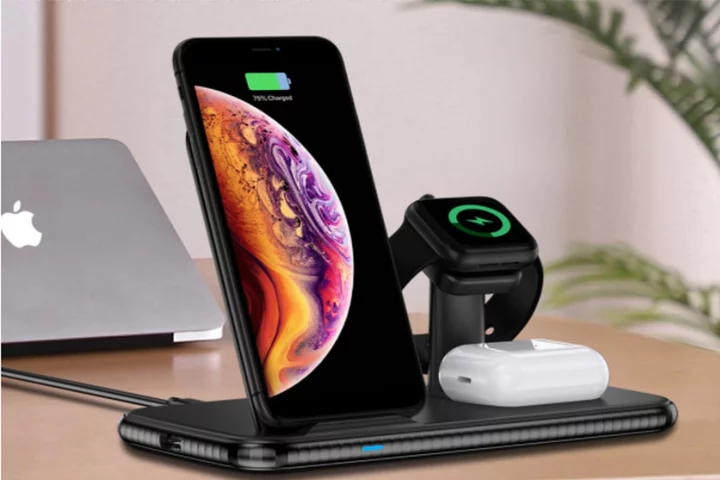
Charge four devices at once with this charging station, now $60
TL;DR: As of September 29, you can get a fast-charge 4-in-1 wireless power station for
2023-09-29 17:55

Billie Eilish feels her best after a self-care shower with all her 'lotions and smells'
Billie Eilish makes the time to have self-care showers and swim when she's feeling rough.
2023-09-29 17:54

Millions travel across China as national holiday kicks off
Chinese travellers thronged transport networks Friday as an eight-day national holiday kicked off, the first October break since the end of the strict zero-Covid policies that separated...
2023-09-29 17:54

Gwen Stefani's stage makeup is her 'armour'
Gwen Stefani finds doing her own makeup for concerts "very therapeutic".
2023-09-29 17:53

'Saw X' review: A surprisingly sentimental splatter-fest
"We made this for the fans!" is a defense frequently trotted out in the face
2023-09-29 17:50

Save big on a 4K HD drone for $89.99
TL;DR: As of September 29, you can get the Epic Flight™ S89 4K HD drone
2023-09-29 17:50

This AI finds cheap flights for $109.99 for life
TL;DR: As of September 29, you can get lifetime access to the OneAir Elite Plan
2023-09-29 17:45
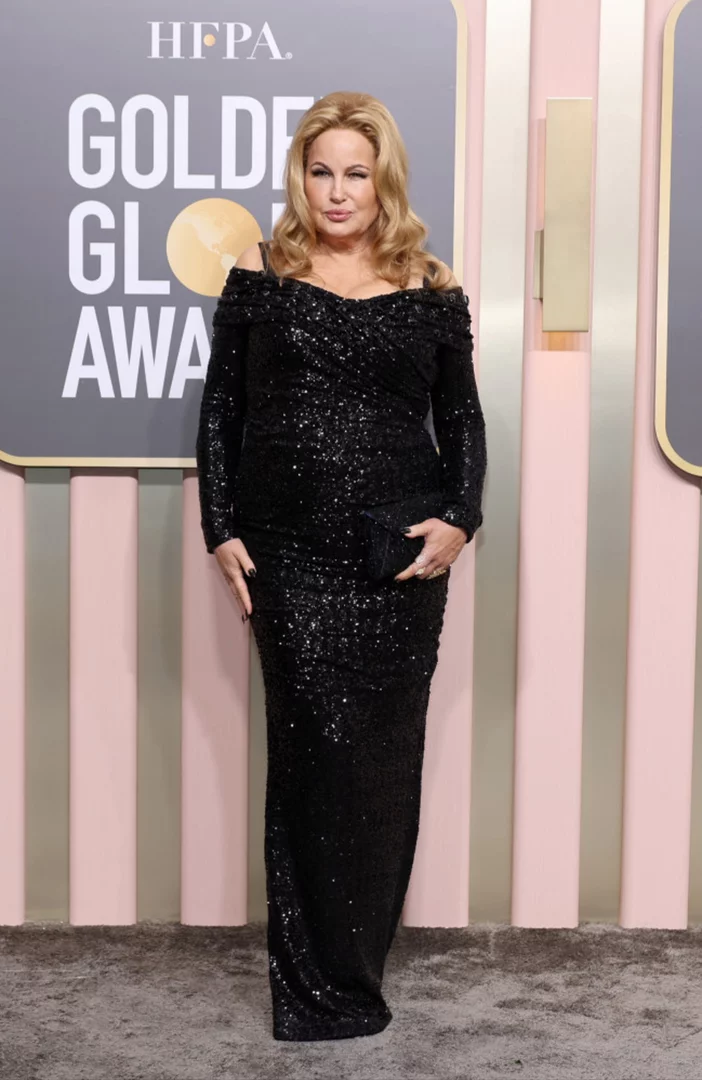
'I can't pull it off': Jennifer Coolidge avoids darker lipsticks
Jennifer Coolidge has just launched her own lip kit with e.l.f Cosmetics.
2023-09-29 17:18
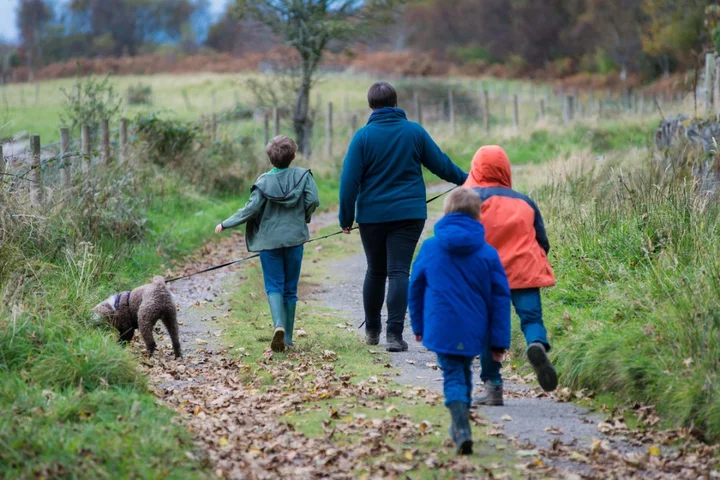
Daily activities could help lower heart attack risk, study suggests
Everyday activities like walking up the stairs or playing with children could help lower the risk of heart attack, stroke and even premature death, new research suggests. The experts found that although short bouts of incidental activity are good for you, the how long you do them for, and how vigorously makes a difference. The findings may make physical activity much more accessible to people who are unwilling or unable to take part in structured exercise, researchers say. They found that the longer the bouts of activity, the better, regardless of total activity levels. The large majority (97%) of this everyday physical activity, like walking to the bus stop or household chores, was made up in bouts lasting less than 10 minutes. In a group of people who said they did not take part in exercise or sport, short bouts of less than 10 minutes at a moderate to vigorous intensity were associated with a steep decrease in heart attack and stroke, and death by any cause. According to the findings, moving consistently for at least one to three minutes was linked to significantly more benefit (29% lower) than very short bouts of movement that lasted less than one minute. Senior author Professor Emmanuel Stamatakis from the University of Sydney’s Charles Perkins Centre, in Australia, said: “From walking up the stairs to speedily mopping the floors, in recent years we’ve come to understand that it is not just structured exercise that is good for our health, but we know very little about how these short bouts of incidental activity translate to health benefits.” He added: “The take-home message here is any type of activity is good for your health, but the more effort you put into those daily tasks and the longer you keep up that energy, the more benefits you are likely to reap. “If you are huffing and puffing and unable to hold a conversation for some of that time you have hit the sweet spot.” Lead author Dr Matthew Ahmadi said: “The idea of accruing short bouts of moderate to vigorous activity through daily living activities makes physical activity much more accessible to people who are unwilling or unable to take part in structured exercise. But as we see in this data, the length and the vigour people put into these incidental activities matters.” The risk of all-cause death and major cardiovascular events (heart attack or stroke) was 29-44% lower for activity periods of five minutes to less than 10 minutes, than bouts of less than one minute. The study, published in The Lancet Public Health, also found that the higher the amount of vigorous activity in each bout the better. People who huffed and puffed for at least 15% of the activity period (10 seconds per minute) saw the greatest benefit. Bouts of less than one minute were also associated with benefits if the above 15% vigorous activity rule was applied, researchers found. The researchers used data from wrist devices worn by 25,241 people aged 42 to 78, in the UK Biobank database, and artificial intelligence to analyse the seven-day physical activity patterns in people who said they did not exercise. The study linked these physical activity patterns with health records, following people for close to eight years to identify how length and intensity of physical activity bouts were linked to health status. Dr Ahmadi added: “This study suggests people could potentially reduce their risk of major cardiac events by engaging in daily living activities of at least moderate intensity where they are ideally moving continuously for at least one to three minutes at a time. “In fact, it appears that this can have comparable health benefits to longer bouts lasting five to 10 minutes.” Read More Charity boss speaks out over ‘traumatic’ encounter with royal aide Ukraine war’s heaviest fight rages in east - follow live From tiredness to sweating – subtle warning signs something could be wrong with your heart Breast Cancer Awareness Month: 9 brilliant beauty buys supporting good causes Smokers 2.6 times more likely to give birth prematurely
2023-09-29 16:53
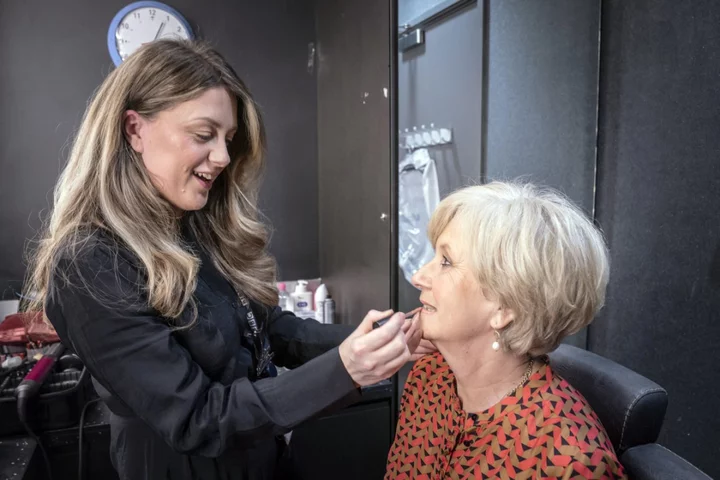
This is how your make-up needs change as you age
Whether you’re in your 30s or your 60s, your skin probably doesn’t look and feel like it did at the age of 20 – and that’s OK. But if you’ve barely upgraded the make-up you’ve been using for years, it might be time to do so. “As we age, our skincare and make-up needs change, and it’s important to adapt our beauty routines to address the specific concerns that come with each decade,” says Co. Kildare-based make-up artist Suzie O’Neill, owner of vegan cosmetics company Ayu. Over time, your skin loses elasticity and oils, so in all age groups solid skincare is key. “Regardless of age, a good skincare routine is essential for a smooth make-up application,” O’Neill says. “Prioritise moisturising and using sunscreen daily.” She advises using products rich in vitamins A, C and E – to protect the outermost layer from water loss in your 30s, a decade where “skin becomes more delicate and cell turnover is slowing down, making your complexion look dull”. So how should we switch up our make-up in our 40s and beyond? In your 40s Collagen and elastin production naturally decrease during this period, leading to a reduction in skin firmness and elasticity in your 40s, O’Neill says. To combat this, she recommends incorporating a serum with ingredients like hyaluronic acid, peptides and retinol, which can help stimulate collagen production. Foundation is the most important make-up upgrade to make at this period of your life. “Your 40s are the ideal time to switch to a foundation that is more hydrating and lighter than what you might have used in your 20s and 30s. Heavy, matte foundations tend to settle into fine lines and wrinkles, which can accentuate them. A hydrating and lighter foundation is a better choice as your skin may become drier and more mature.” O’Neill advises using a moisturising lipstick or balm to keep lips hydrated, as they can start to become drier at this time in our lives. “The cumulative effects of sun exposure can become more apparent in your 40s, leading to pigmentation issues, fine lines and potential sunspots,” she adds. So a broad-spectrum sunscreen is “non-negotiable”. In your 50s When it comes to make-up, your 50s may be a time when you opt for a more natural look. “A light to medium coverage foundation or a tinted moisturiser [will] not only provide a subtle, youthful glow, but also allow the natural character of the skin to shine through,” notes O’Neill. “Less is often more at this stage.” She recommends focusing on techniques that lift and brighten the eyes. “For example, tight-lining – applying eyeliner to the upper waterline – can make lashes appear thicker and eyes more prominent. Apply eye make-up with a light hand and choose softer, neutral shades that open up the eyes and give them a more refreshed appearance.” It’s common for lips to appear to lose volume by our 50s, so O’Neill suggests using a lip liner in a shade closely matching your natural lip colour. “It can work wonders by creating the illusion of fuller, more voluptuous lips. “Eyebrows and eyelashes tend to thin out as we age; filling in sparse brows with a brow pencil or powder and using volumising mascara can help restore the appearance of full, youthful brows and lashes.” In your 60s and beyond As you enter your 60s, you could opt for warmer hues. “As our skin naturally loses some of its warmth and pigmentation, opting for a foundation with warmer undertones can help counteract any sallowness that may occur,” says O’Neill. “[But] choosing a foundation that matches your skin tone as closely as possible is essential.” You also might notice an increase in pigmentation irregularities on your skin. “To even out pigmented skin, I’d recommend using a colour-correcting concealer for spots and discolourations (orange or peach-toned concealers can help neutralise dark spots) followed by a lightweight foundation or BB cream to even out skin tone,” she says. “Use setting powders sparingly as they can emphasise fine lines. Opt for a finely milled, translucent powder applied lightly only where needed.” And don’t be afraid to experiment with colour in your 60s. “Using more colour can be a great way to combat dullness that often accompanies ageing skin. “Brighter shades of make-up, such as lipsticks, eyeshadows, and blush, can help liven up your complexion.” Blush can help brighten up your skin, with O’Neill recommending cream versions as “they tend to blend more seamlessly and provide a dewy, hydrating finish”, and can be easily applied with your fingers. “Just remember to choose shades that complement your skin tone and apply them sparingly for a natural flush,” she adds. As you age, splurging on make-up isn’t a must, she says, but investing in high-quality make-up products that cater to your specific needs can be beneficial. “Look for products that provide essential hydration [and] achieve a luminous glow. “The key is to enhance your natural beauty rather than mask it.” Read More Charity boss speaks out over ‘traumatic’ encounter with royal aide Ukraine war’s heaviest fight rages in east - follow live Victorian dahlia show recreated at Stonehenge with thousands of flowers Daily activities could help lower heart attack risk, study suggests From tiredness to sweating – subtle warning signs something could be wrong with your heart
2023-09-29 16:47
You Might Like...

Edmunds: The best affordable performance cars

Southern Glazer’s Wine & Spirits Presents MAIS YEAH!, a Celebration of Diversity, Equity and Inclusion at Tales of the Cocktail® 2023
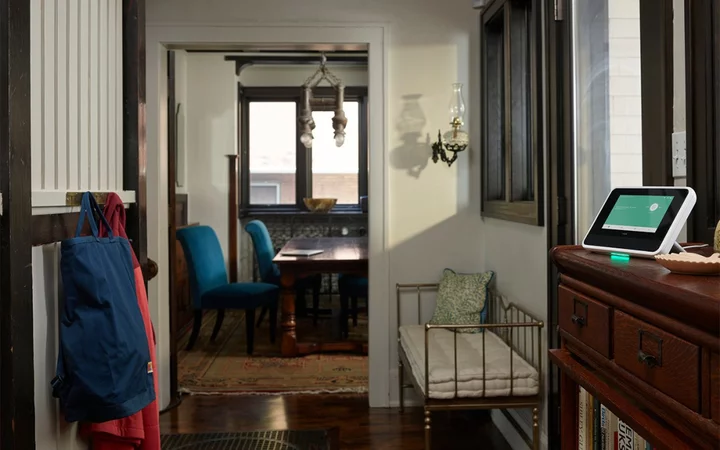
The Best Smart Home Security Systems for 2023

Cierto Tequila Wins Chairman’s Trophy at the 2023 Ultimate Spirits Challenge

Fans rejoice as Kanye West and Ice Cube reunite after fallout over antisemitism controversy: 'Legendary meet up'
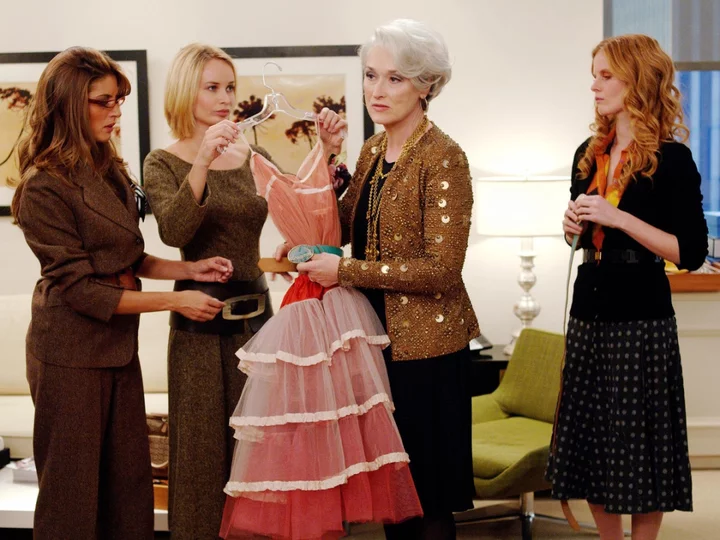
Vogue divides opinion with controversial job posting for Anna Wintour’s assistant

Westwood Financial Successfully Closes Off-Market Acquisition of Northview Plaza in Dallas, TX

Chinese Paper Demands British Museum Return ‘Stolen’ Artifacts
